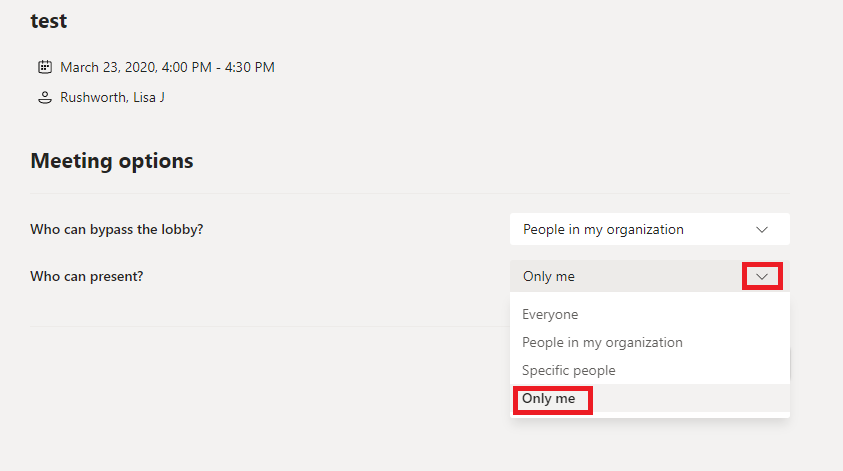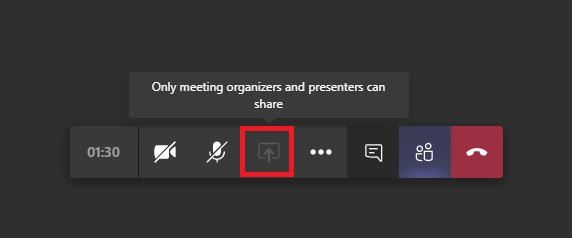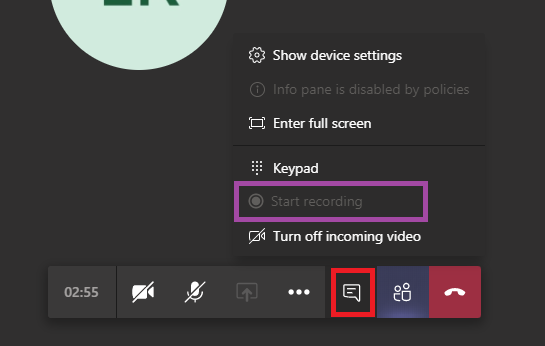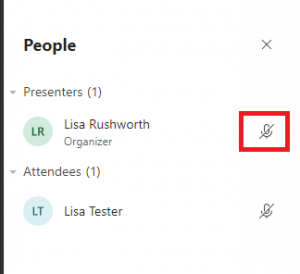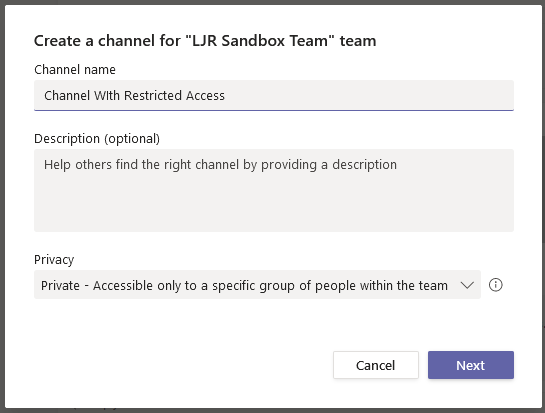I missed a file when I was cleaning up debugging lines. I made the change and included it in a second commit, but I’d rather not have two commits for the same purpose. I hadn’t pushed my changes yet, so these commits only exist on my workstation … which means I can reset and bundle the changes into a single commit.

Find commit number that is one before the duplicate debug logging cleanup — this is the point to which you want to reset. In my case, it is the commit start with b443348c

Reset there with “–soft” — this doesn’t change anything on the file system (i.e. I don’t have to clean up those debug lines again) but puts the changes back into the staging area.

Now those files are staged again, so I can make a single commit for removing debug logging from my code.

Voila! I can push these changes and not clutter our history with my error.


